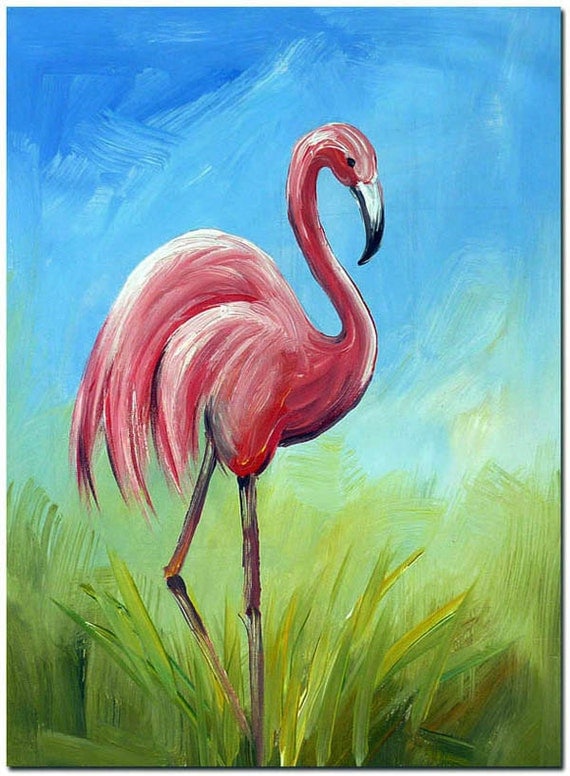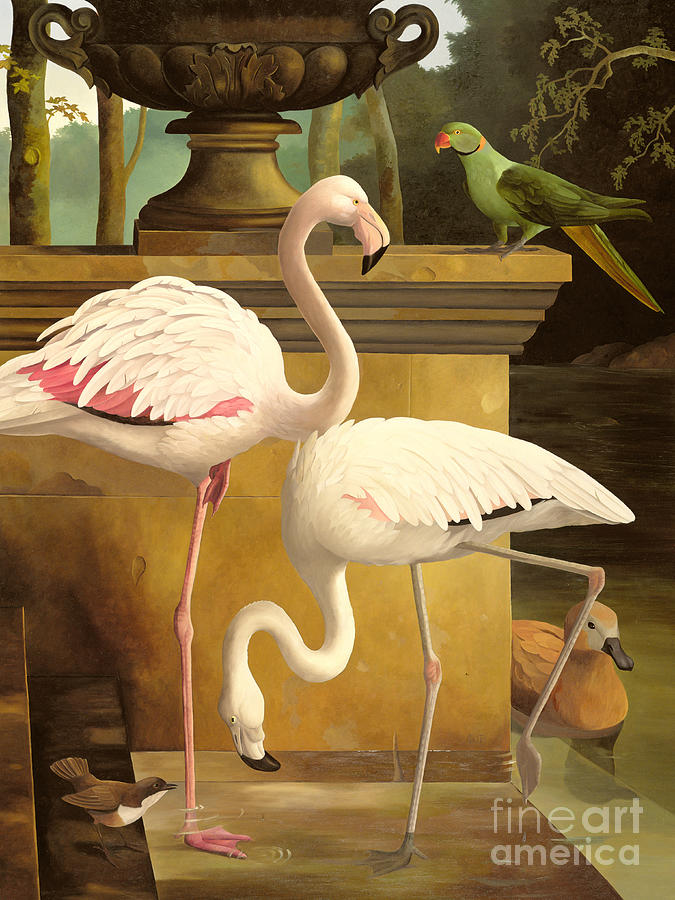

It was through images such as this that Whistler introduced characteristics of the Japanese aesthetic, including silhouetted forms, breathy brushwork, and flattened compositions, to British adherents to the Aesthetic movement. A longtime admirer of Ukiyo-e painter Katsushika Hokusai, Whistler composed the bridge in a manner that shared compositional similarities with Hokusai's Under the Mannen Bridge at Fukagawa (c. Unconcerned with creating a true-to-life depiction, Whistler focused instead on provoking an emotive response in the viewer through a soothing color palette, soft brushwork, and harmony of forms. The effect is serene and romantic, concealing the river's pollution and the noisy reality of urban life.

The view is painted at twilight, with mist on the river, vague lights of buildings in the distance and fireworks in the sky beyond. The bridge was made of wood, and has since been replaced with a modern one. This work depicts a night view of Battersea Bridge on the Thames River in London. Many Aesthetes, most notably Oscar Wilde, even adopted public personas through which they lived according to Aesthetic principles.ġ872-75 Nocturne: Blue and Gold - Old Battersea Bridge To this end, Aestheticism embraced not only the "high" arts, but also ceramics, metalwork, fashion, furniture-making, and interior design.

Some even revived pre-industrial techniques in the process. Rebelling against Victorian materiality and modern industrialism (particularly what they criticized as the impoverished and repetitive designs of consumer products created cheaply by "soulless" machines), Aesthetic artists placed a premium on quality craftsmanship in the creation of all art.


 0 kommentar(er)
0 kommentar(er)
